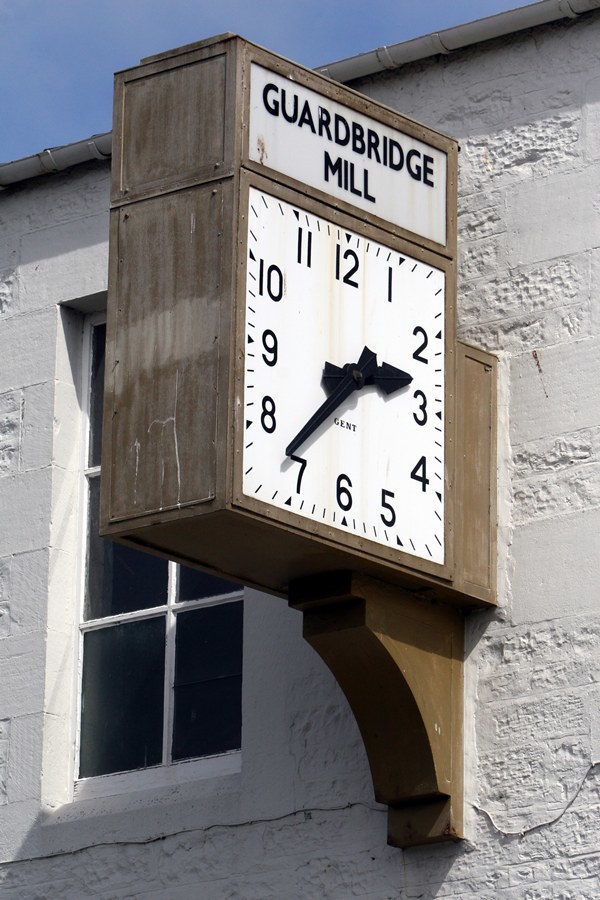The desolate, empty and silent Guardbridge Paper Mill will soon begin an entirely new lease of vibrant life thanks to its proposed purchase by St Andrews University.
Nearly two years of uncertainty over the future of the building and its extensive site has ended with news that the university had reached an agreement with administrators KPMG.
The mill, which as Curtis Fine Papers still employed well over 250 people when market conditions and the credit crunch bit in 2008, has been marketed by commercial property experts GVA Grimley.
The university said it was delighted to confirm that it has signed a contract to buy the site. However, no details of the purchase price have been given.
A university spokesman said, “At this stage we are considering a variety of mixed-use options including renewable energy, housing, community use, accommodation for spin-out companies and additional space for university schools and service units.
“Our hope is that we can bring life back to this important industrial site, give it a sustainable future and, where possible, create jobs and new employment opportunities.
“We aim to develop our plans in close consultation with the community and local interest groups and have made initial contact with representatives of Guardbridge Community Council.
“Once the sale has been formally concluded we hope to be able to give more detail about possible developments and timescales,” said the spokesman.
GVA Grimley had been marketing the mill and associated sites at an asking price of £3 million, and it was advertised as a waterfront development opportunity for a mix of uses.
The sale of the 37 acres of land had been instructed by KPMG, which was unable to find a buyer who could sustain the papermaking operation. Since then the premises have been stripped, with plant and machinery sold at home and abroad.
In addition to selling the property, GVA Grimley was appointed after the closure to consider the future of the site, and last year produced an initial planning framework that it submitted to Fife Council. The document proposed that uses could include employment, housing, commerce, leisure and shopping as well as education and community facilities.
It was also suggested there could be additional open space, such as a waterfront park on the Eden estuary, and the possibility of a boost for tourism.
The publication of the initial framework followed a successful exhibition and consultation at the former paper mill, during which members of the public were asked for their views on the future of the site, and there was consultation with the community council.
Its chairwoman Elspeth Paterson said she had been encouraged by the fact that the university had been in touch before the news was released.
“Thank goodness things are moving, and it’s not just being allowed to sit and deteriorate. A major fear was this would fall into the hands of a developer who would do nothing with it,” she said.
“The proof will be in the pudding, and until we see what plans the university has, and what is in it for the village, we can’t be more specific. The initial reaction is that it is great that something is happening.”
At the time the mill closed the business which manufactured and supplied quality uncoated fine paper for the UK and international markets had an annual turnover of £35 million and employed 260 people.
However, it had suffered significant losses over recent years and, although there had been an improvement in trading, external factors including significant increases in energy and raw material costs, and the then widespread general decline in the availability of credit, combined to act against the business.
